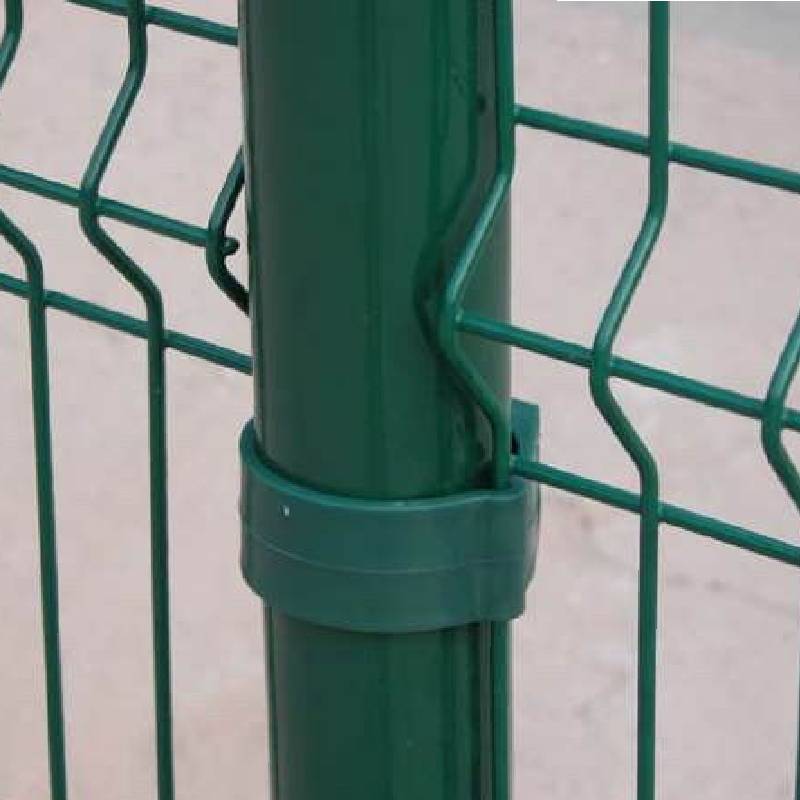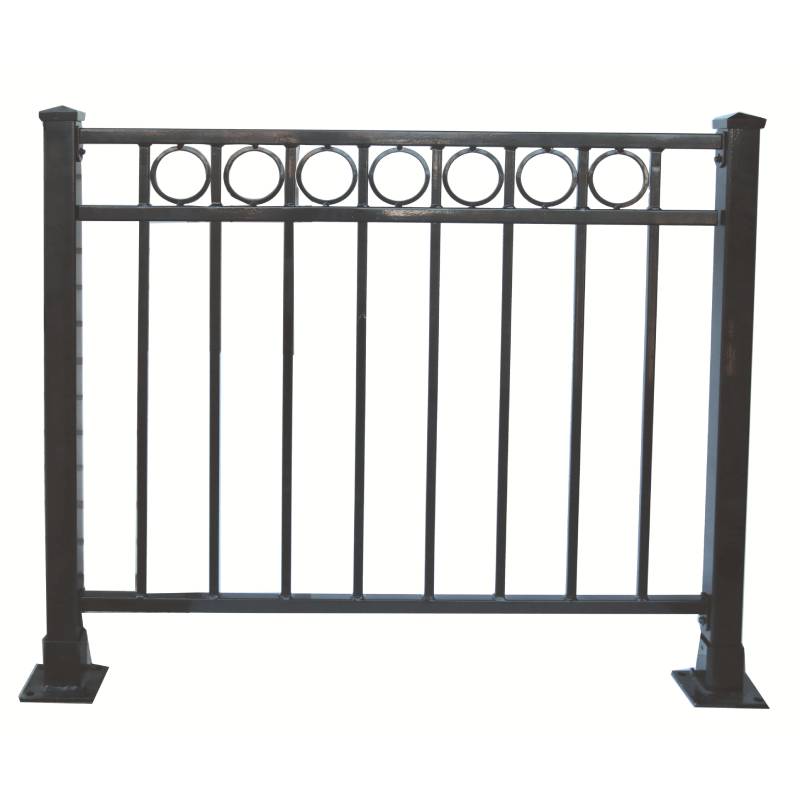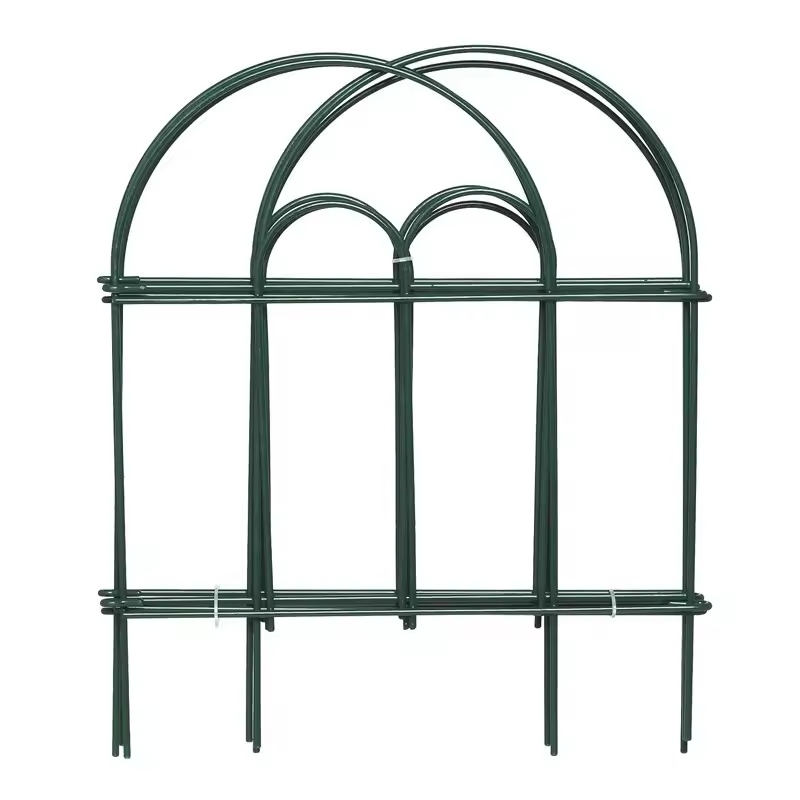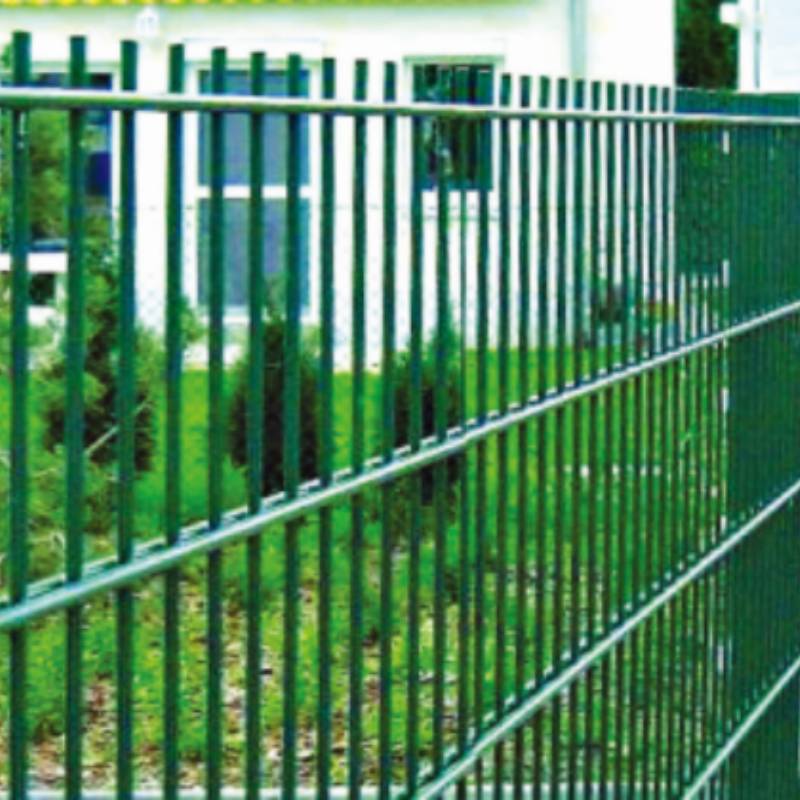-
E-pos:zhao@hyliec.cn
-
Tel:+86 311 85273988
-
WhatsAPP:8613931128750
-
 Afrikaans
Afrikaans -
 Albanees
Albanees -
 Amharies
Amharies -
 Arabies
Arabies -
 Armeens
Armeens -
 Azerbeidjans
Azerbeidjans -
 Baskies
Baskies -
 Wit-Russies
Wit-Russies -
 Bengaals
Bengaals -
 Bosnies
Bosnies -
 Bulgaars
Bulgaars -
 Katalaans
Katalaans -
 Cebuano
Cebuano -
 Korsikaans
Korsikaans -
 Kroaties
Kroaties -
 Tsjeggies
Tsjeggies -
 Deens
Deens -
 Nederlands
Nederlands -
 Engels
Engels -
 Esperanto
Esperanto -
 Estnies
Estnies -
 Fins
Fins -
 Frans
Frans -
 Fries
Fries -
 Galisies
Galisies -
 Georgies
Georgies -
 Duits
Duits -
 Grieks
Grieks -
 Gujarati
Gujarati -
 Haïtiaans Kreools
Haïtiaans Kreools -
 hausa
hausa -
 hawaiian
hawaiian -
 Hebreeus
Hebreeus -
 Nope
Nope -
 Miao
Miao -
 Hongaars
Hongaars -
 Yslands
Yslands -
 igbo
igbo -
 Indonesies
Indonesies -
 iers
iers -
 Italiaans
Italiaans -
 Japannese
Japannese -
 Javaans
Javaans -
 Kannada
Kannada -
 kazaks
kazaks -
 Khmer
Khmer -
 Rwandese
Rwandese -
 Koreaans
Koreaans -
 Koerdies
Koerdies -
 Kirgisies
Kirgisies -
 TB
TB -
 Latyn
Latyn -
 Letties
Letties -
 Litaus
Litaus -
 Luxemburgs
Luxemburgs -
 Masedonies
Masedonies -
 Malgashi
Malgashi -
 Maleis
Maleis -
 Malabaars
Malabaars -
 Maltees
Maltees -
 Maori
Maori -
 Marathi
Marathi -
 Mongoolse
Mongoolse -
 Myanmar
Myanmar -
 Nepalees
Nepalees -
 Noors
Noors -
 Noors
Noors -
 Oksitaans
Oksitaans -
 Pasjto
Pasjto -
 Persies
Persies -
 Pools
Pools -
 Portugees
Portugees -
 Punjabi
Punjabi -
 Roemeens
Roemeens -
 Russies
Russies -
 Samoaans
Samoaans -
 Skotse Gaelies
Skotse Gaelies -
 Serwies
Serwies -
 Engels
Engels -
 Shona
Shona -
 Sindhi
Sindhi -
 Sinhala
Sinhala -
 Slowaaks
Slowaaks -
 Sloweens
Sloweens -
 Somalies
Somalies -
 Spaans
Spaans -
 Soendanees
Soendanees -
 Swahili
Swahili -
 Sweeds
Sweeds -
 Tagalog
Tagalog -
 Tadjieks
Tadjieks -
 Tamil
Tamil -
 Tataars
Tataars -
 Telugu
Telugu -
 Thai
Thai -
 Turks
Turks -
 Turkmeens
Turkmeens -
 Oekraïens
Oekraïens -
 Oerdoe
Oerdoe -
 Uighur
Uighur -
 Oezbeeks
Oezbeeks -
 Viëtnamees
Viëtnamees -
 Wallies
Wallies -
 Help
Help -
 Jiddisj
Jiddisj -
 Yoruba
Yoruba -
 Zoeloe
Zoeloe
Paneelheining
Wholesale Metal Fence Panels ?
Wholesale metal fence panels are a popular choice for those looking for durable and secure fencing solutions. These panels are often made steel materials providing a
strong and long-lasting option for garden fencing. They are available in various designs and sizes, making them suitable for a wide range of applications. Wholesale options offer cost-effective solutions for purchasing metal fence panels in bulk, making them ideal for contractors, landscapers, and property developers looking to install fencing on a larger scale.
Is It Cheaper To Buy Fence Panels Or Build Them?
The cost of buying fence panels versus building them can vary depending on several factors. In general, buying pre-made fence panels can be cheaper and more time-efficient than building them from scratch. Pre-made panels are mass-produced, which often makes them more cost-effective due to economies of scale. Additionally, purchasing fence panels can save on labor costs, as they are typically easier and quicker to install compared to building a fence from individual components. However, building a fence from raw materials allows for more customization and control over the design, which may be a priority for some individuals. It's important to consider the specific requirements, budget, and time constraints when deciding whether to buy or build fence panels.
How To Install A Panel Fence?
To install a panel fence involves several steps:
1. Measure and plan: Determine the length of the fence and calculate the number of panels needed. Plan the layout and ensure the fence posts are installed at the appropriate intervals to accommodate the panels.
2. Install the posts: Dig holes for the fence posts, ensuring they are deep enough to provide stability. Set the posts in concrete and allow them to cure before attaching the panels.
3. Attach the panels: Once the posts are set, attach the panels to the posts using appropriate fasteners such as screws or nails. Ensure the panels are level and properly aligned.
4. Add finishing touches: Depending on the type of panels used, additional finishing touches such as capping, trim, or paint may be required to enhance the appearance and durability of the fence.
5. Maintenance: Regular maintenance, such as cleaning and sealing, may be necessary to ensure the longevity of the fence panels.
It's important to follow the manufacturer's instructions and local building codes when paneling a fence to ensure proper installation and compliance with regulations. If in doubt, it's advisable to consult with a professional or seek guidance from experienced individuals.








